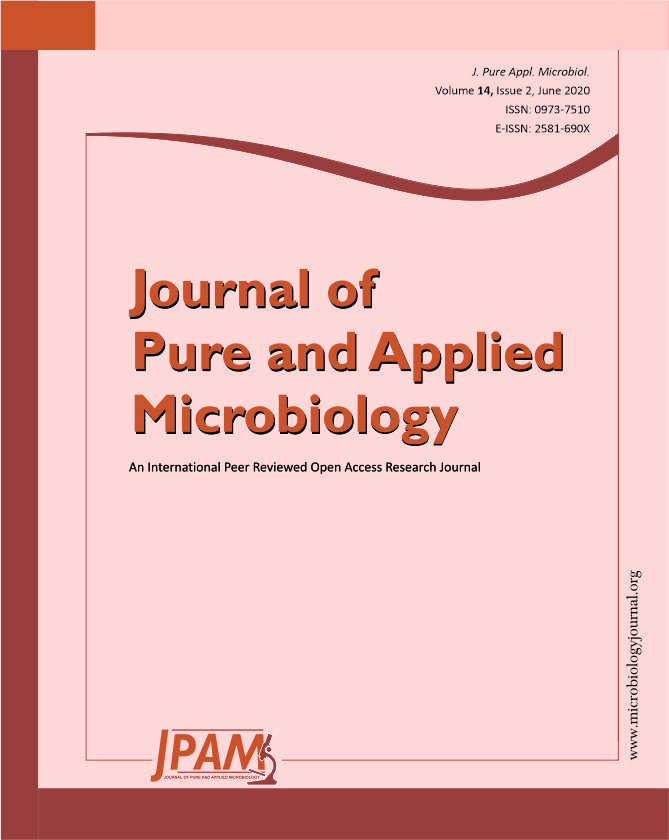The global pandemic of COVID-19 has raised several questions and attracted researchers from all of the disciplines of scientific research. Regardless of advances in science and technology, equipped laboratories of virology, high literacy rates, and medical resources in developed countries, several nations and their health care systems completely failed to overcome the disaster. The fast spread is caused by frequent air travel for business, tourism, education, etc. COVID-19 can infect third world countries severely. United States of America has the highest per capita spending of health still 1/3rd of the global burden of COVID-19 has consumed existing resources. The WHO has declared COVID-19 as a pandemic. More than 200 countries and territories have reported infected cases. The quarantine is the most effective way to slow the spread of disease and “Flatting of Curve” is a phenomenon to tackle the surge by health systems. To achieve good results from existing Medical Health Care Systems (MHCS), an accurate prediction for the spread of disease is crucial. This study utilizes the generalized method of SIR to accurately predict the spread of COVID-19 associated infection, recoveries, and deaths in Pakistan. The data from the National Command and Control of Pakistan (NCCP) is utilized. Through multiple cases applied on currently available data, the proposed mathematical models predict that by the end of April about more than 14553 infected and about 310 deaths are in Pakistan. The recovery rate is highest in the region up to 99.87 %.
COVID-19, Prediction, Mathematical models, Preventive measures, Recovery
© The Author(s) 2020. Open Access. This article is distributed under the terms of the Creative Commons Attribution 4.0 International License which permits unrestricted use, sharing, distribution, and reproduction in any medium, provided you give appropriate credit to the original author(s) and the source, provide a link to the Creative Commons license, and indicate if changes were made.


